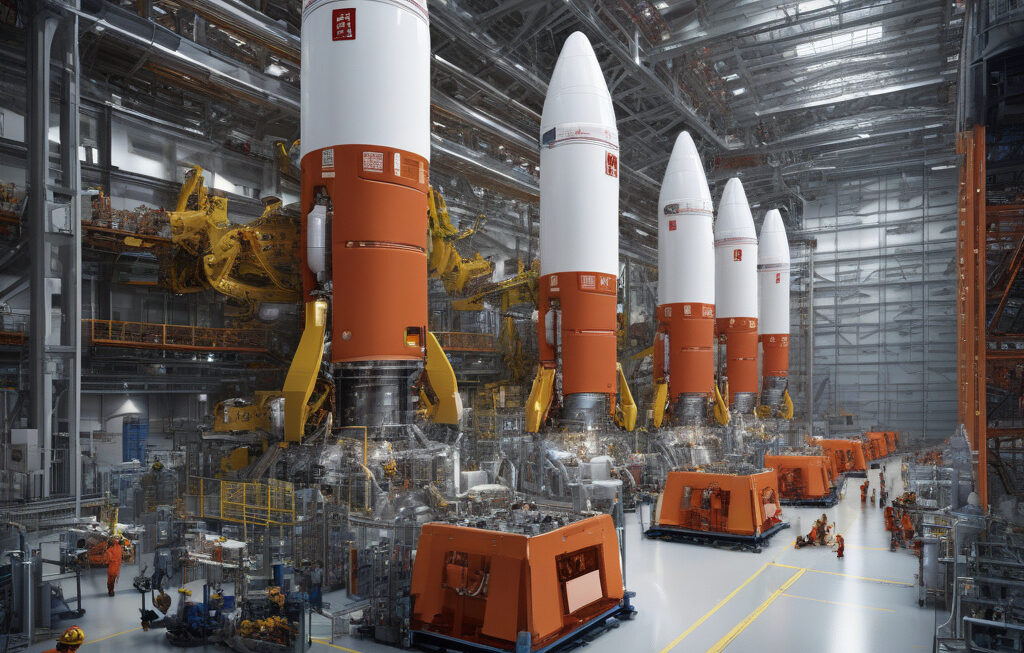US to Utilize Robot Swarms for Building Smart Aircraft: A Game-Changer in Innovation
H2 Clipper, a company specializing in hydrogen-based transportation and infrastructure, has secured a patent for revolutionizing aircraft production in the United States. The patent focuses on the deployment of robot swarms to construct smart aircraft with unprecedented speed, precision, and safety. This groundbreaking development is set to transform the aerospace industry and pave the way for a new era of efficiency and technological advancement.
Robot swarms, a cutting-edge technology that involves coordinating large groups of robots to work together seamlessly, are poised to streamline the aircraft manufacturing process like never before. By leveraging the collective intelligence and capabilities of multiple robots operating in unison, H2 Clipper aims to accelerate production timelines, reduce costs, and enhance overall quality control.
One of the key advantages of using robot swarms in aircraft construction is their ability to perform intricate tasks with a level of precision that surpasses human capabilities. These robots can work in tandem to assemble complex components, navigate tight spaces within the aircraft structure, and ensure that every detail meets the exacting standards of modern aviation.
Moreover, the speed at which robot swarms can operate is unparalleled, significantly reducing the time required to build a fully functional smart aircraft. With the ability to work around the clock without fatigue or error, these robots promise to expedite the production process and bring new aircraft models to market at a rapid pace.
In addition to speed and precision, safety is a paramount concern in the aerospace industry, where the slightest error can have catastrophic consequences. By deploying robot swarms for aircraft construction, H2 Clipper is taking a proactive approach to enhancing safety standards and minimizing the risk of human error on the production line. These robots can execute tasks in hazardous environments with no threat to human workers, ensuring that the manufacturing process is both efficient and secure.
The integration of robot swarms into aircraft production represents a significant leap forward in innovation and sets a new standard for manufacturing excellence in the United States. As technology continues to advance at a rapid pace, companies like H2 Clipper are at the forefront of driving progress and pushing the boundaries of what is possible in the aerospace sector.
In conclusion, the use of robot swarms to build smart aircraft heralds a transformative shift in the way aircraft are designed, constructed, and brought to market. With their unparalleled speed, precision, and safety capabilities, these robots are poised to revolutionize the aerospace industry and solidify the United States’ position as a global leader in aviation innovation.
#RobotSwarms, #SmartAircraft, #AerospaceInnovation, #H2Clipper, #AircraftProductionRevolution












